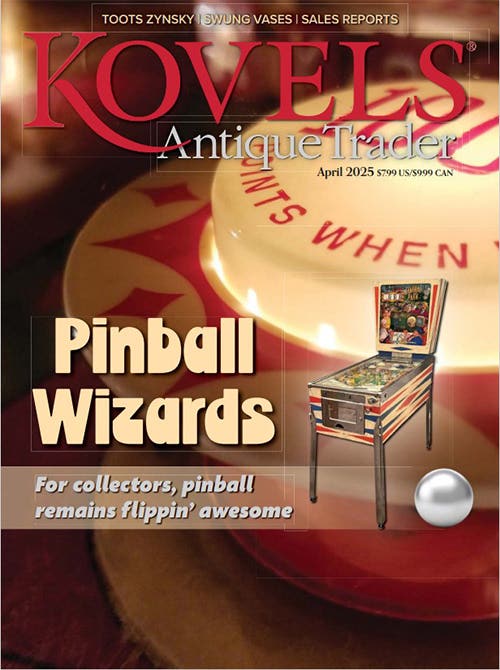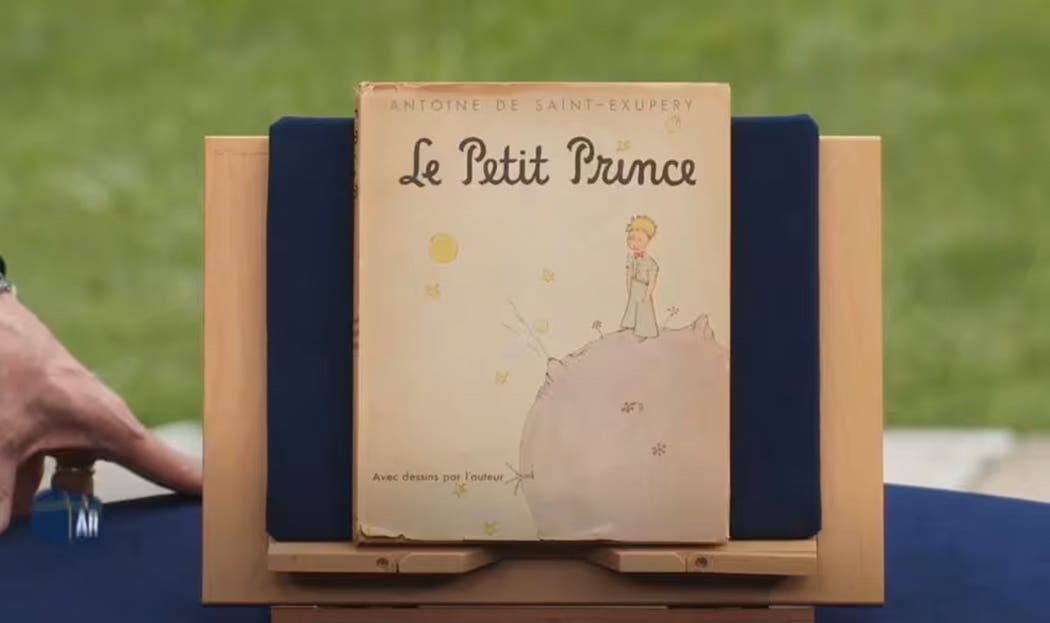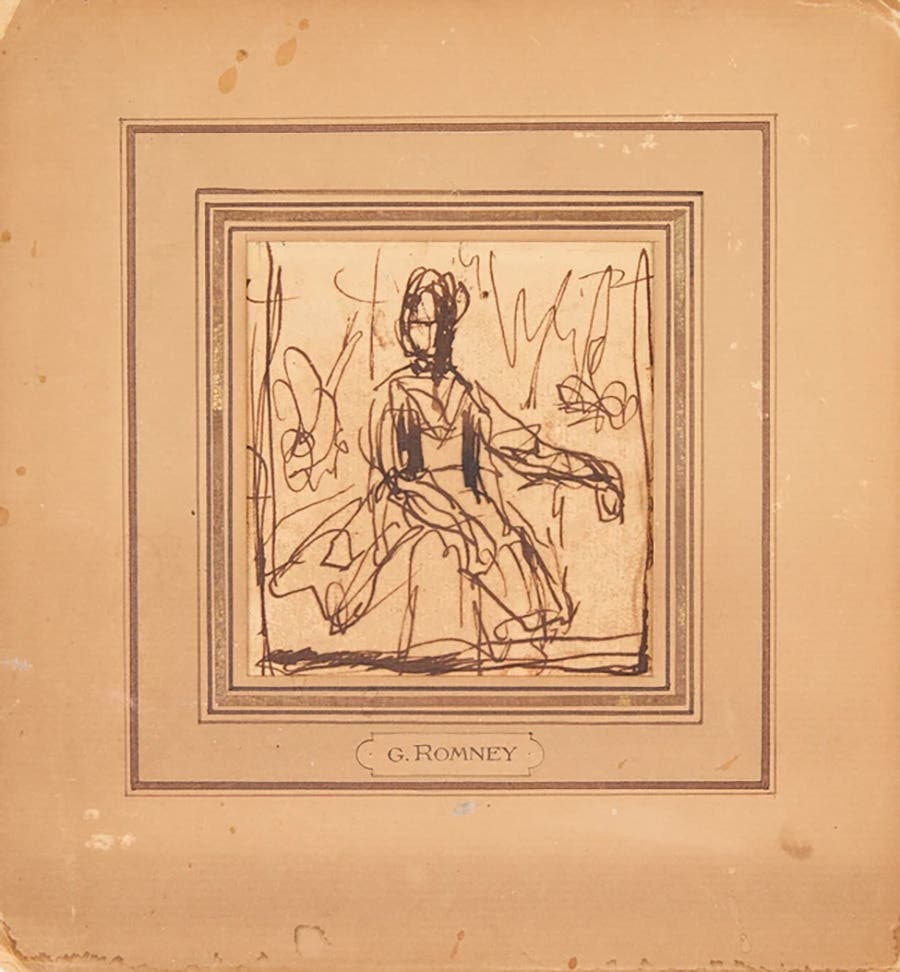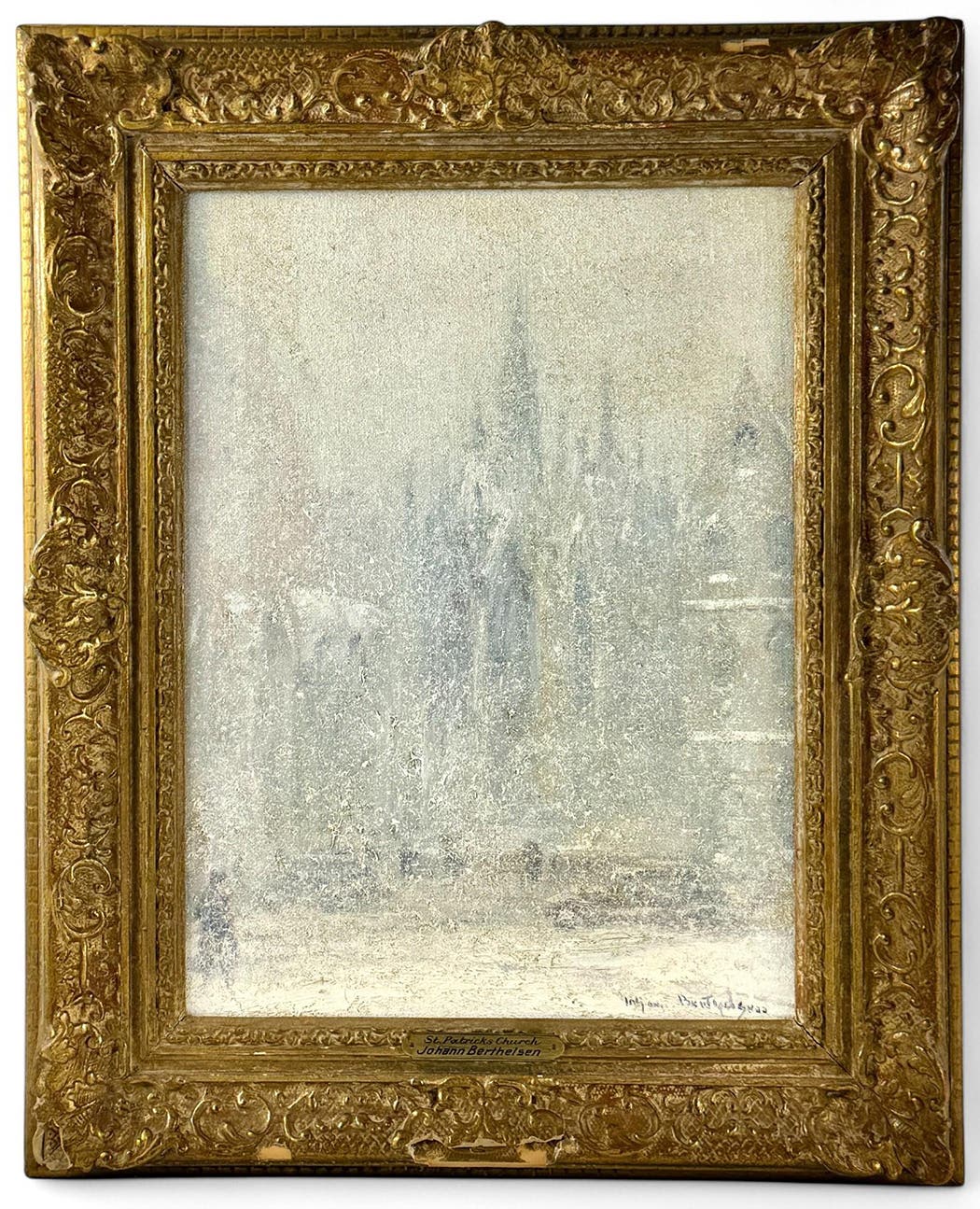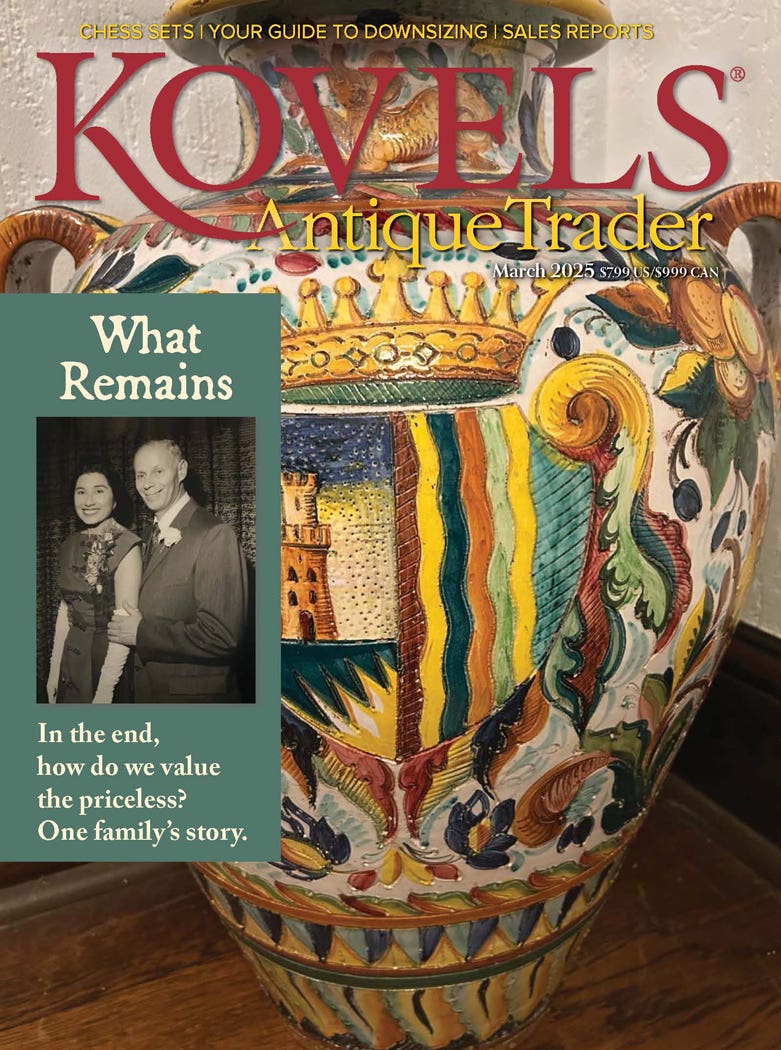The Color of The Year is Just Peachy
Peach Fuzz, the 2024 Pantone Color of the Year, promises warmth, lightness and elegance, something antiques and collectibles enthusiasts have known about peach for years.
This year marks the 25th edition of the Pantone Color of the Year. It started in 1999 with Cerulean Blue and now has come to the other side of the color wheel with Peach Fuzz, a color they describe as “softly nestled between pink and orange.” Pantone predicts the peach tone will bring warmth, lightness, and elegance to design this year. They say that one reason for its appeal is its “vintage vibe,” and we agree!
You don’t need the latest designs to participate in the trend. Antiques enthusiasts can join in, too. Peach tones have popped up in glass, ceramics, textiles, jewelry and more for over a hundred years.
You can’t talk about the color peach without Peachblow! Inspired by an 18th-century Chinese vase sold in 1886, several companies in the United States and England made opaque two-tone glass shading from a dark to light peachy shade. The glass is usually pink shading to red, yellow, cream, or white. It may have additional decorations like enamels, gilt, or applied features. The Peachblow glass made by Thomas Webb & Sons in England is especially famous. Other companies made similar colors with names like Peach Skin or Peach Bloom.
Mt. Washington Glass Company started making Burmese glass, an opaque glass shading from salmon pink to yellow, in 1885. Later, the company licensed its manufacture to Thomas Webb & Sons in England. Burmese glass usually has a satin finish; glossy pieces are rare. Some are diamond-quilted or decorated with enamel.
Several carnival glass and Depression glass patterns were made in peach.
The Homer Laughlin China Co. made its popular Fiesta dinnerware in the Apricot color from 1986 to 1998.
Peach is an especially pretty color for silk, as seen in garments from around the world from the 18th century onward.

